Native Hunter
Well-Known Member
First of all, this is not a property tour thread. It about plants that grow in a prairie. Most of you are aware that I manage roughly 60 acres of NWSGs and forbs on my farm. I'm going to start a thread using some old pictures, pictures I took this spring, and some pictures I plan to take through this year to show some of the various plants (both good and bad) that grow there.
I will add new pictures and verbiage every few days off and on as time allows. Feel free to interject your own thoughts as well.
The focus of this thread will be:
So, come…..take a walk with me through the prairie……
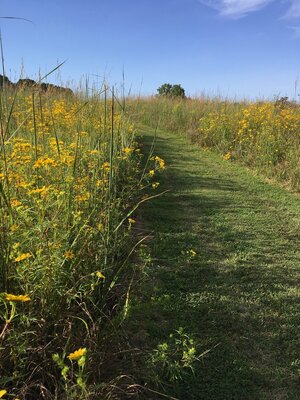
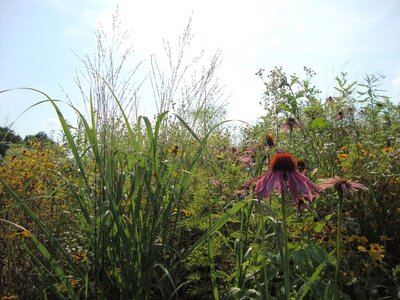

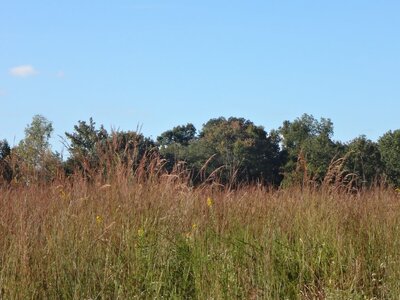
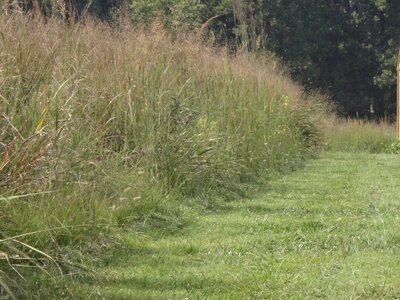
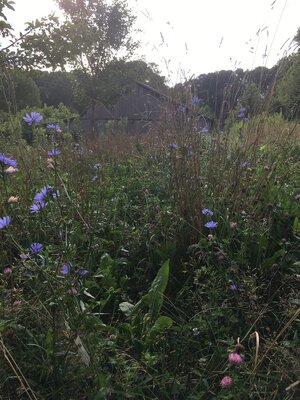
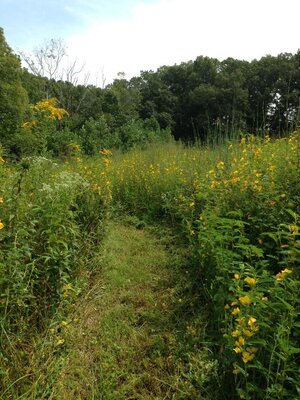
Let’s stop for a rest before we continue on our walk….more to come in a few days.
I will add new pictures and verbiage every few days off and on as time allows. Feel free to interject your own thoughts as well.
The focus of this thread will be:
- The pictures and identifying features of various plants that grow in my prairie. On one short walk the other day, I identified over 50 different plants, so that should keep up busy for a while.
- I will also interject some information about the value of the different plants for deer and other wildlife.
So, come…..take a walk with me through the prairie……







Let’s stop for a rest before we continue on our walk….more to come in a few days.
Last edited:

